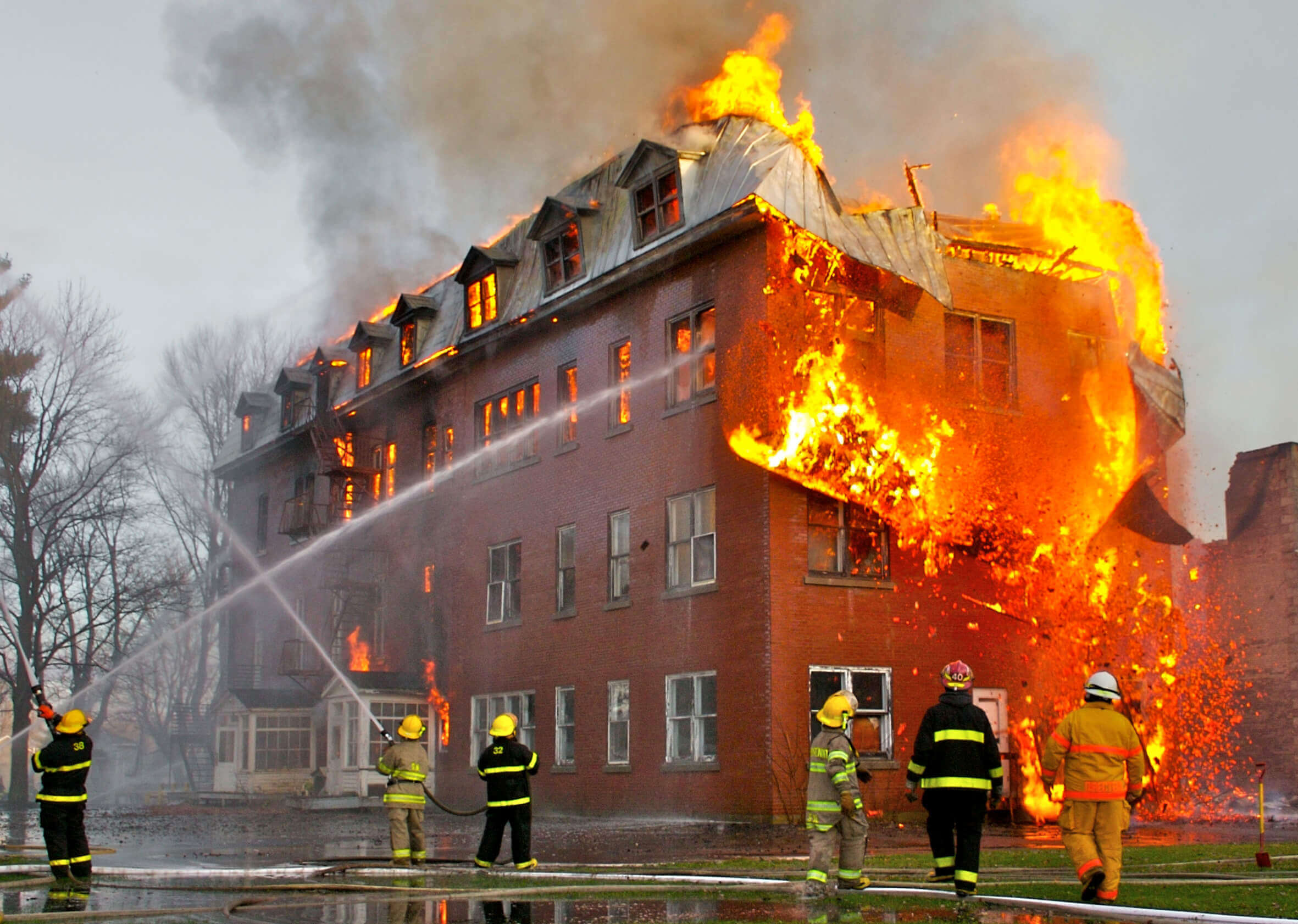The BBQ season is fast approaching and many of us are planning to review the…

Contingency fund study: do you know where the numbers come from?
You are a new condo owner and you decide to get involved in the management of your condo. You take a look at all the documents that you are given, including the contingency fund study, and your head quickly turns. You wonder how to find your way through all these figures? More importantly, where do they come from? Watch our short video (french only) as we demystify the calculations and numbers involved in a condo contigency fund study.
Need a condo contingency fund study?
Make sure your condominium complies with the requirements
of Bill 16 with the services from our condo specialists!
Briefly summarized, a contingency fund study outlines the annual cash amounts required to be able to replace building components in a timely manner. The economic projection is presented over a 25-year horizon while considering expenses for the next 60 years. By law, this study must be updated every 5 years. Contrary to popular belief, it is not the service companies like Legault-Dubois that decide or invent the theoretical life spans of the various elements. These lifetimes are based on studies. What the inspectors do, however, is determine their remaining life. They do this based on industry standards, their findings and their experience.
Let’s illustrate this with an example. Let’s take an exterior brick cladding that has a life expectancy of X number of years. This figure is not pulled out of a hat: it is based on the technical properties put forward by the manufacturer. And it is precisely by basing himself on these standards recognized by the industry that the inspector will be able to determine the remaining life span.
Therefore, in order to offer the most accurate contingency fund study process possible, our specialists have gathered all the information available on life expectancy, replacement costs and so on. They used all this data to build a logical structure through it all. They based themselves on the requirements issued by certain leading organizations such as the CMHC, the RGCQ, on the manufacturers’ technical data sheets and various standards across the country.
As for the costs associated with the maintenance and replacement of these materials, it is the estimator’s job to establish this, always according to industry standards. As for the actual remaining life of the elements, well, that’s up to the inspector. The inspector’s knowledge allows him to judge the current condition of the component during the inspection and then determine how much time it has left.
The study of contingency funds is therefore the result of a close collaboration between different professionals. It is the result of teamwork between the specialist who examines the standards and technical data sheets of the various manufacturers, the inspector who validates the nature of the components and their remaining life span, and the estimator who determines how much it costs or will cost to replace, maintain or service the components in question. Then, the quality controller verifies everything and makes sure that all the figures given in the study are based on certified and reliable technical data.
Need a condo contingency fund study?
Make sure your condominium complies with the requirements
of Bill 16 with the services from our condo specialists!


